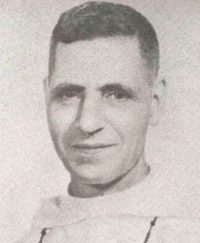Japan possesses inexhaustible human reserves. Aside from the 70,000,000 in the mainland, they have another 20,000,000 in Korea, 35,000,000 in Manchukuo, and innumerable millions in conquered China. We have seen not a few Korean, Chinese, Manchurian and even Russian soldiers in Japanese uniform. The officers, though, are always Japanese, generally belonging to the Samurai class.
With these human reserves and their stoic disregard for life, the officials do not have any concern about sacrificing lives as long as they achieved their end.
“After all,” a Japanese told me the other day, “this way we save more lives in the end. The army that loses a thousand lives in a sudden smashing victory avoids the loss of ten or twenty thousand in a prolonged war of many months.” How many casualties the invading army has suffered was never announced by the Japanese Command. It seems that the attack on Bataan caused a very great mortality on their part. We saw a number of trucks passing through Manila carrying the remains of dead Japanese soldiers. Those who died in battle were cremated, their ashes placed in boxes and sent to their families in Japan. When they were brought to Manila, they came in a long line of trucks, each one with six or eight soldiers standing and in possession of one of those boxes placed in a white handkerchief, the ends of which were tied around his neck. I was told that this was done only with Japanese soldiers. In the campus of San Beda College, they held Buddhist funeral ceremonies.
